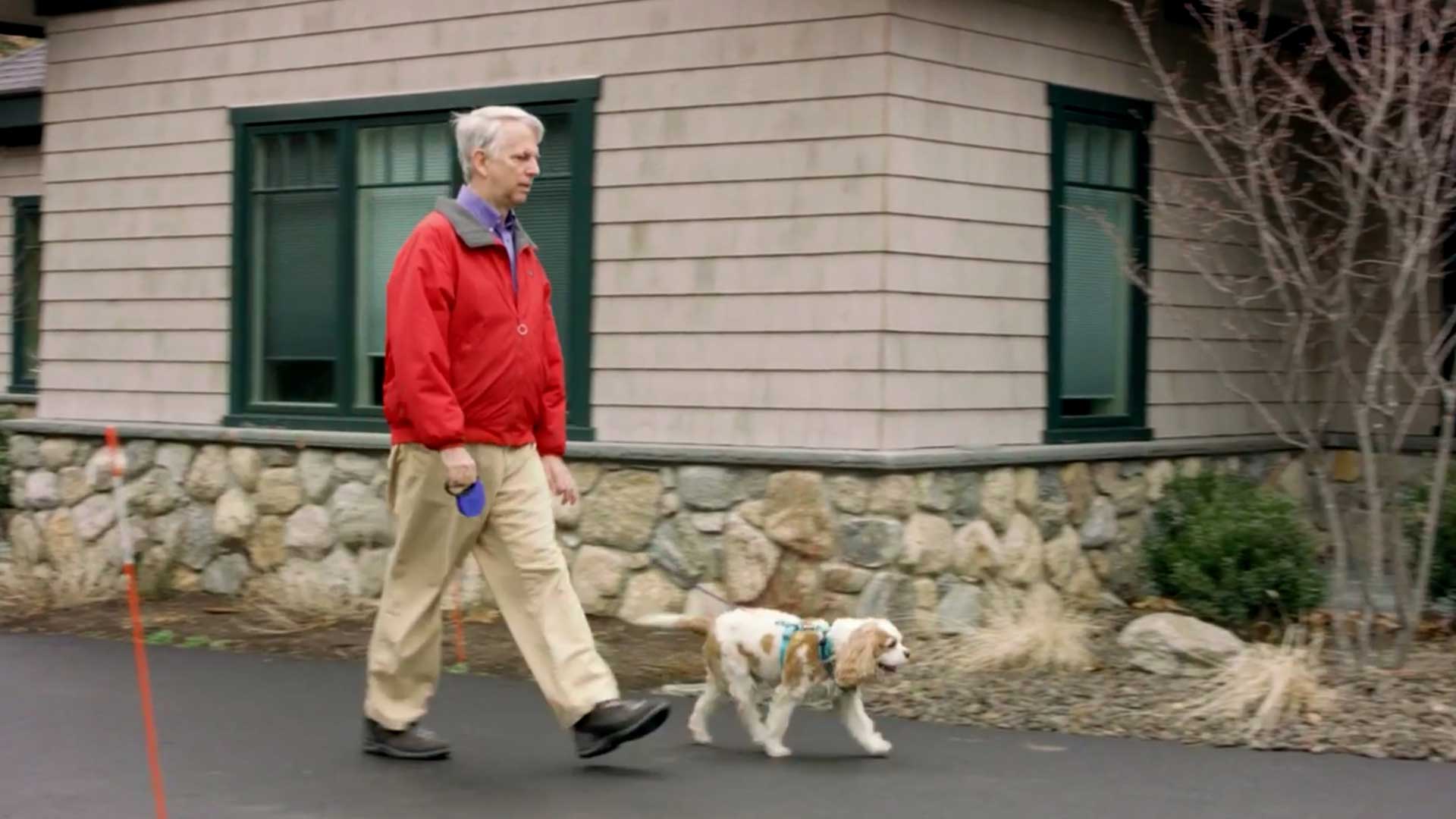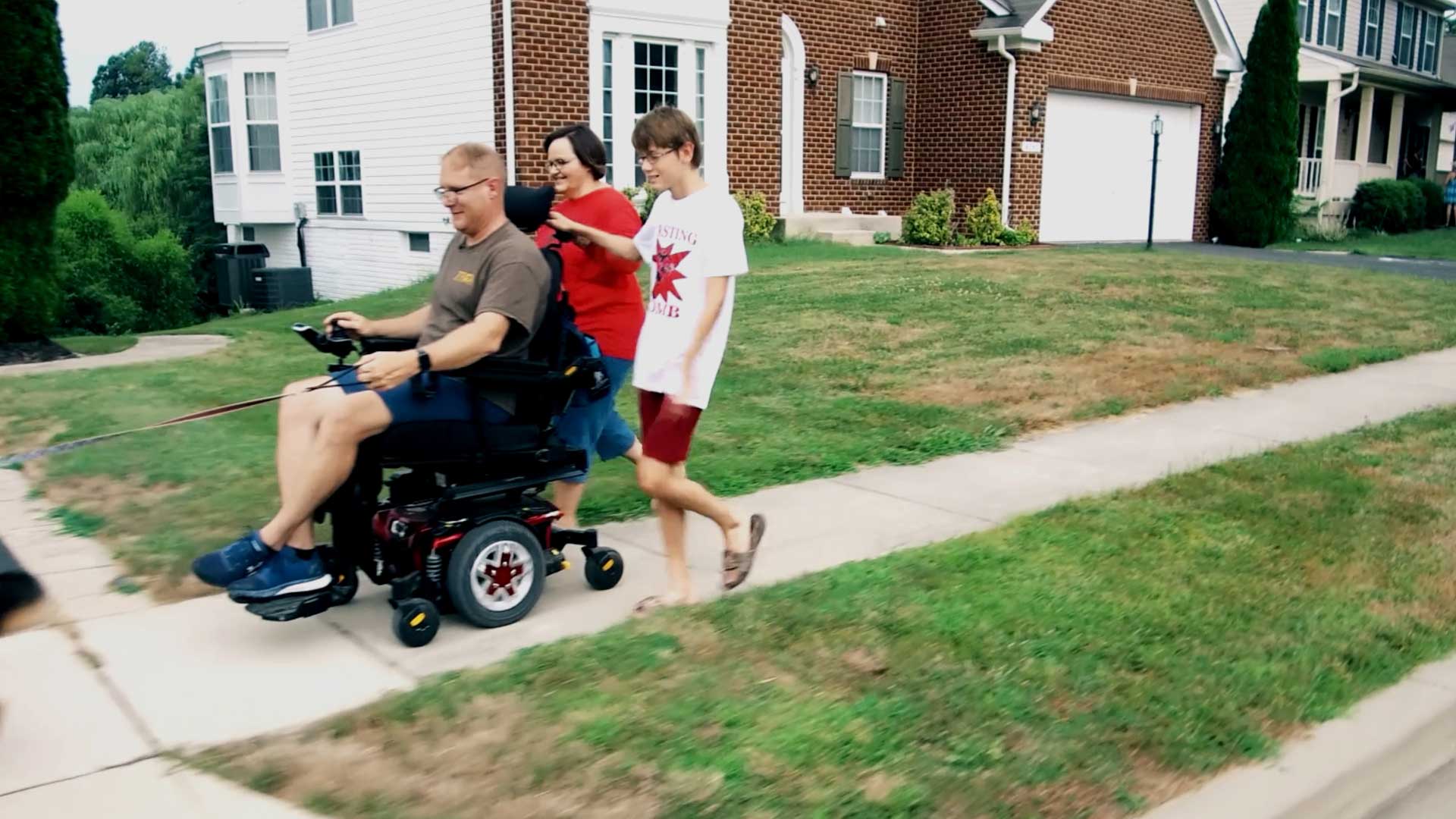You are now leaving Mitsubishi Tanabe Pharma Canada and visiting a third-party website.
If you are interested in exploring careers at MTP-CA, please email
contact@mt-pharma-ca.com.
AMYOTROPHIC LATERAL SCLEROSIS
Understanding ALS
Some diseases present seemingly
impossible challenges. We strive to make a
difference in the lives of people living with
amyotrophic lateral sclerosis (ALS) by rising
to that challenge.
ALS was first discovered in studies conducted between 1865 and 1869 by French neurologist Jean-Martin Charcot.1 The condition became widely known in the late 1930s as Lou Gehrig’s disease with the diagnosis of the American baseball player bearing the same name.2
ALS is a progressive and incurable neurodegenerative disease.2 The majority of patients with ALS die within two to five years of diagnosis.3
ALS causes the motor nerve cells (motor neurons) in the spinal cord, brainstem, and brain to deteriorate and die over time.2 As the body’s motor neurons are responsible for stimulating muscles into action, the degeneration of this disease leads to debilitating muscle weakness.2

ALS is referred to as a progressive disease, meaning the symptoms continue to worsen over time.2 People with ALS lose strength in their muscles and become weaker, which can limit movement.2
Over time, the brain loses its ability to initiate and control certain muscle movements, resulting in progressive weakness and paralysis.2,5 People living with ALS may eventually need assistance with speaking, eating, and breathing on their own.5

An ALS diagnosis can be devastating, not only for the person, but also for their families and caregivers. ALS impacts the whole family.
Eventually people with ALS may be unable to perform basic physical tasks, requiring a full-time caregiver (often a spouse or family member) to be present at all times.2,5 In the later stages of the disease a person with ALS may be bed/chair bound, and may be on mechanical ventilation, requiring 24/7 professional assistance.3
Americans have ALS at any given time5
New people diagnosed7
Have no family
history of ALS8
There are no easy answers with
ALS, and every person's experience
can be different.
Every person's experience with ALS can be different. Here are several perspectives of people with ALS and their families to help shed light on their day to day lives.
-

Being diagnosed with ALS can be challenging. Learn about one patient's story and his perspective on facing ALS.
-

An independent filmmaker created this compelling short film that shares the perspectives of two families impacted by ALS.
-

Roger & Tom are two veterans who believe that a positive mental attitude is a powerful tool. See how their indomitable spirits help them each day.
- Kumar D, Aslinia F, Yale S, et al. Jean-Martin Charcot: The Father of Neurology. Clin Med Res. 2011 Mar; 9(1): 46–49.
- National Institute of Neurological Disorders and Stroke. Amyotrophic Lateral Sclerosis (ALS) Information Page.
- Mehta P, Kaye W, Bryan L, et al. (2016). Prevalence of Amyotrophic Lateral Sclerosis — United States, 2012– 2013. MMWR Surveill Summ, 65(8), 1-12.
- ALS Association. What is ALS? Accessed October 2018
- National Institute of Neurological Disorders and Stroke. Amyotrophic Lateral Sclerosis (ALS) Fact Sheet Accessed October 2018
- Centers for Disease Control and Prevention – National Amyotrophic Lateral Sclerosis (ALS) Registry. Frequently Asked Questions – Questions About ALS. Accessed October 2018
- Hernández BA. Amyotrophic Lateral Sclerosis can Mimic Orthopedic Disease - Cases Report. Open Access J Neurol Neurosurg. 2015;1(1): 555552.
- National Institutes of Health. Genetics Home Reference: Your Guide to Understanding Genetic Conditions. Amyotrophic lateral sclerosis. Accessed October 2018

